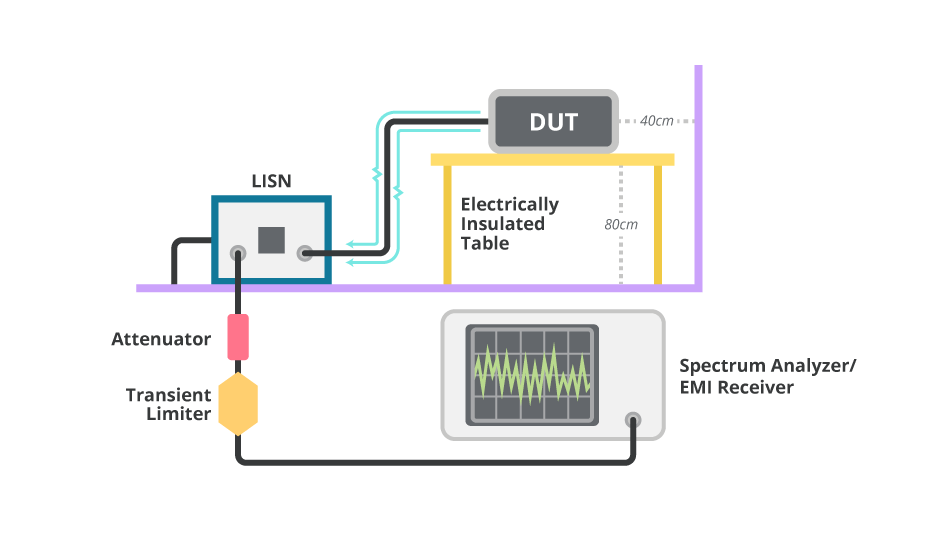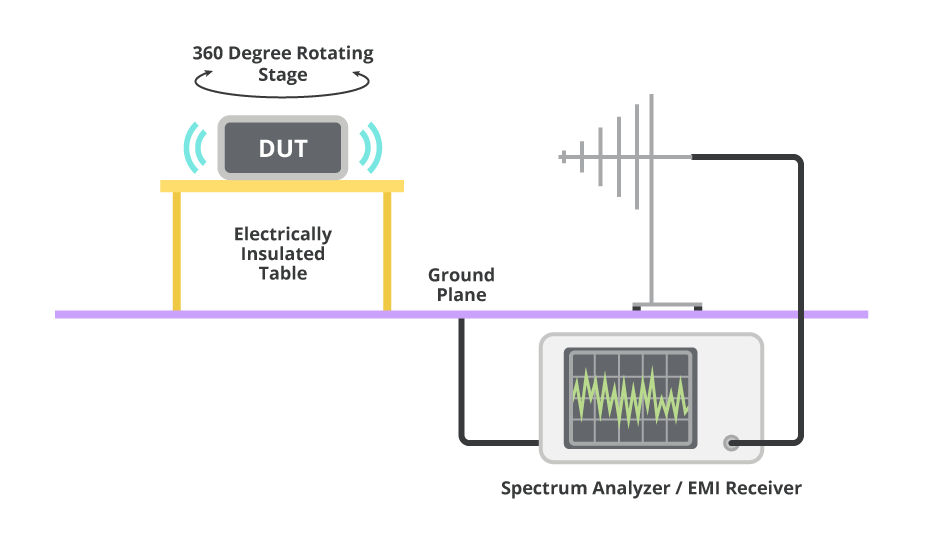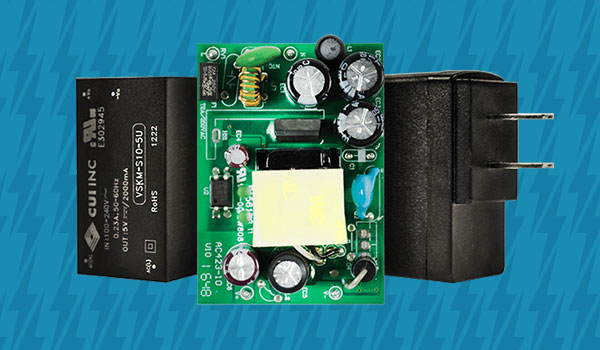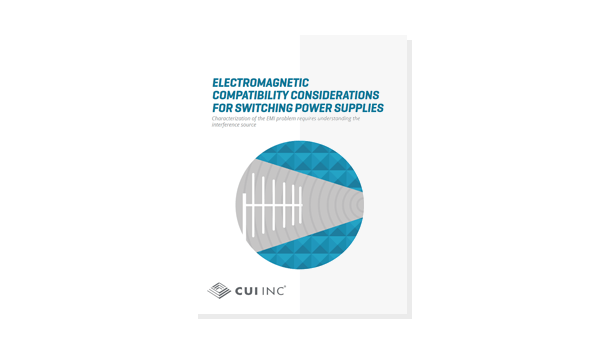The Importance of EMC Testing Early in Your Product's Design
December 12, 2017 by Bruce Rose - 5 Minute Read

Electromagnetic compatibility (EMC) testing is a critical part of a product’s design journey. With EMC certification being a necessary hurdle to clear before your product goes to market, it is crucial you get this element of your design right.
Yet despite its importance, emissions testing is often left until late in a product’s design lifecycle. In doing so, the risk of project delays and cost overruns shortly before your planned launch increases – precisely when you do not need this type of headache.
This is why it is best to build EMC emissions testing in at various stages of your product design plan to ensure that you are not left scrambling at the end.
What is Electromagnetic Compatibility (EMC) Testing?
EMC testing helps minimize the possibility that radiated or conducted emissions produced by your device will interfere with other electronic products in its vicinity. EMC testing is also in place to ensure that your own electronic device will continue to operate as expected around other sources of electromagnetic emissions.
Understanding Conducted and Radiated Emissions
Electromagnetic emissions are the radio frequency (RF) energy that a product emits. There are two main categories: conducted and radiated.
At frequencies up to 30 MHz, cables and conductors in many electronic devices do not work well as antennas. Radiated emissions are therefore of little concern at these frequencies. However, these cables and conductors can conduct the RF energy through shared power sources or loads, in which these conducted emissions may begin to interfere with other electronics.
Above 30 MHz, conducted emissions typically cease to be an issue, but the conductors and cables become antennas that have the potential to radiate RF energy and thereby can cause interference with other equipment.
Test procedures and equipment differ slightly when measuring conducted and radiated emissions. And though the filter components you use to mitigate their effects are similar, they typically have different electrical values.
Electromagnetic Emissions Standards
While there are separate standards for electromagnetic emissions in the US (FCC Part 15) and Europe (CISPR 22/EN 55032), the two approaches are broadly "harmonized." This means that if your equipment meets the requirements of one, it will typically satisfy the needs of the other standard as well.
In addition, there are separate specifications for conducted and radiated emissions. Both the US and European standards set out limits for both types of emission, and apply it to the final system, including its power supply.
EMC Testing with Power Supplies: What You Need to Know
Many power supplies designed for internal mounting are tested to meet EMC regulations as standalone products. While using a compliant power supply in your design will minimize the possibility of EMC issues when you test your full system, you cannot guarantee a problem-free ride. Following the power supply vendor’s recommended circuit designs can help to address this.
Wall-plug and desktop external power supplies are also designed and tested to meet regulations as standalone products. However, if your design combines the supply unit with a load, you will need to test your complete system to ensure that it too meets EMC regulations. And with the circuitry of this type of power supply encased in a box, addressing EMC challenges using external components is more difficult than with board mount or chassis mount power supplies.
The other thing to keep in mind is that most power supplies use switching topologies. These supply topologies innately produce radiated and conducted emissions that have already been mitigated by the power supply development team. Moreover, as you add load to the power supply, the system may produce further emissions. To compensate for this uncertainty over what the combined supply and load will emit, it is best practice to allow for a margin in the power supply’s test results to account for the variations that will occur when you apply a load.
Why You Should Test EMC Early
There are many reasons why EMC testing is left until late in a project. One is the perceived difficulty of carrying out this type of testing – but there are specialist labs with all of the required equipment and staff available to help.
Another is the commonly held misconception that power supplies are the main cause of EMC issues, and that therefore if a power supply has passed its standalone tests, the system it gets plugged into will also pass. In reality, it does not work that way as power supplies are often the “messenger” of EMC problems, rather than the cause.
Additionally, there is the cost element. Making changes to your design as you near production is more expensive than doing so earlier in the process and the cost of early screening tests is significantly lower than that of full-scale certification testing. The earlier you find problems, the cheaper they are to fix.
Different Ways to Test EMC
While your final testing will need to be done in a certified lab using a calibrated test kit, it is perfectly possible to do your early testing in-house, where a lot of equipment is not necessarily required.
For conducted emissions testing, you will need an appropriate spectrum analyzer and line impedance stabilization network (LISN). For radiated emissions testing, a suitable spectrum analyzer and antenna will suffice – though note it is best to do this testing in an electrically quiet space where you can have three meters or more between the EMC antenna and the device you are testing.


If you prefer, you can also do your early testing in a dedicated, staffed testing lab. The cost of using these specialized facilities for early-stage testing is usually very low, particularly when you compare it to the cost of late-stage redesign work. Furthermore, booking the short blocks of time you will need for preliminary testing is relatively easy outside of peak hours.
Proven Partners
No one wants to have to explain to management why their project is late or over-budget. By scanning for EMC issues early in the design process, you can help to identify and tackle problems ahead of time, when the cost of doing so is low.
This type of testing can seem complex, expensive, and time consuming, which is why many designers work with experienced power supply vendors, such as CUI, who can help you make the right choices and assist you with testing at any stage of your product’s lifecycle, including final certification.
Product Selection , Safety & Compliance
You May Also Like
Have comments regarding this post or topics that you would like to see us cover in the future?
Send us an email at powerblog@cui.com




